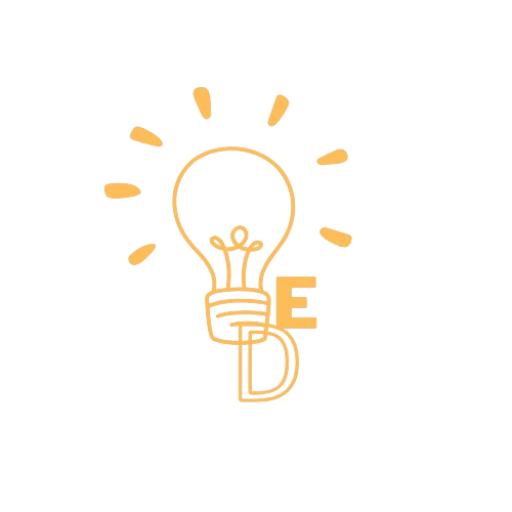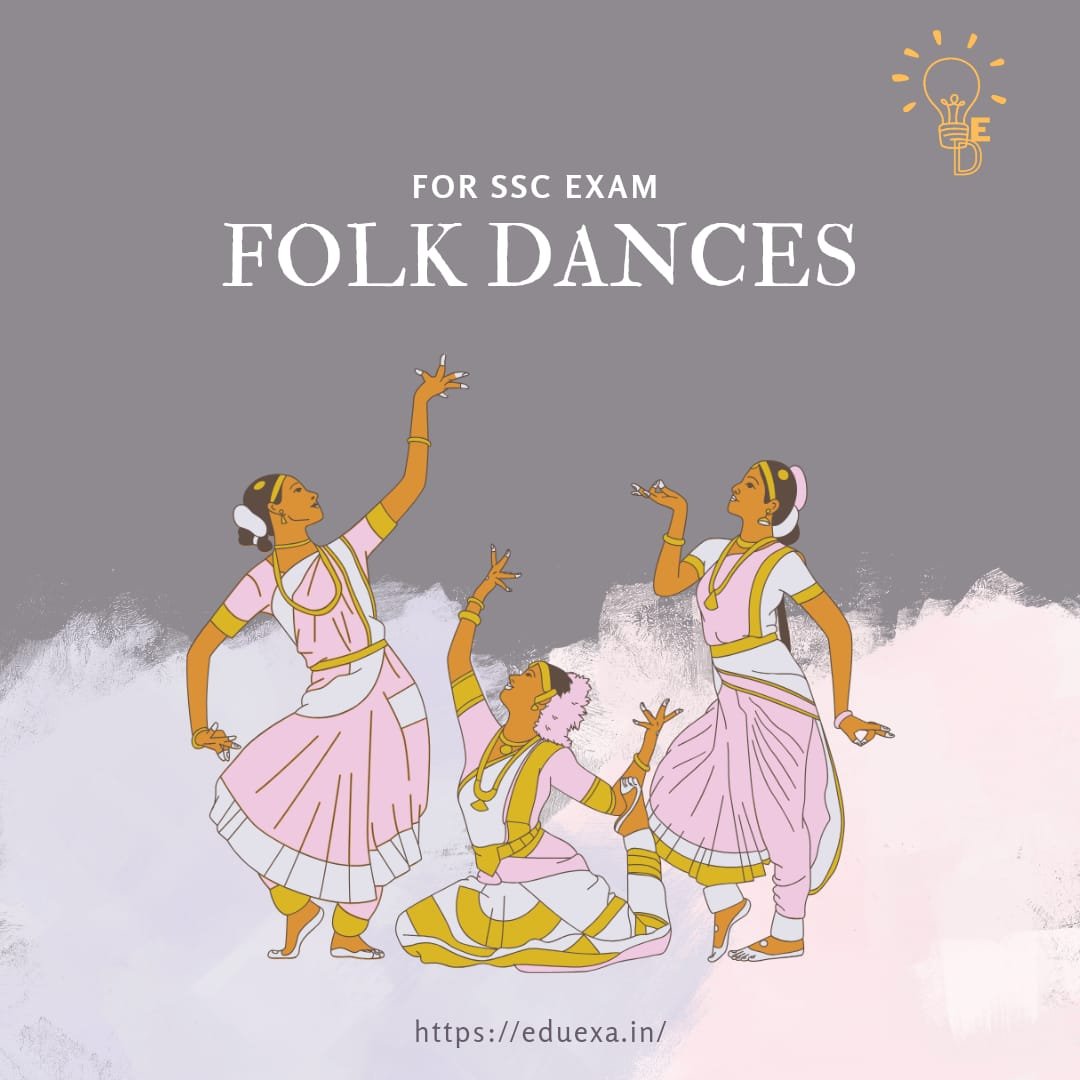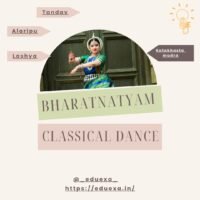What is Folk Dance?
Folk dances are traditional dances that are deeply rooted in a region’s or community’s culture, history, and traditions. They are often passed down from generation to generation and are typically performed at social gatherings, festivals, and celebrations. Folk dances are an integral part of a community’s identity and are a way to preserve and share cultural heritage. They are usually performed with enthusiasm and energy, and their beauty lies in their simplicity, authenticity, and connection to the people and place.
Read a complete guide on nagara style of temple here.
Characteristics of folk dances
Folk dances are usually characterised by:
- Traditional movements and steps
- Local music and instruments
- Costumes and attire that reflect the region’s heritage
- Storytelling through dance, often depicting everyday life, myths, legends, or historical events
- Community participation, with everyone encouraged to join in
- Simple, rustic, and spontaneous expressions
- Often, a connection to agricultural cycles, seasons, or religious rituals
Difference between classical dance and folk dance
| Basis | Classical Dance | Folk dance |
| Meaning | Classical dance refers to traditional, highly technical, and formal dance styles that have been developed over centuries, often with roots in ancient cultures. | Folk dances are traditional and informal dances that are deeply rooted in a region’s or community’s culture, history, and traditions |
| Recognition | They are classified as classical dances by Sangeet Natak akademi | No such classification |
| Formal | Highly formal | Informal |
| Purpose | Storytelling and expression | Celebrating cultures, tradition and occasions |
| Technicality | It has its own steps and performing techniques. | It generally doesn’t have any set steps or rules. |
State Wise list of folk dances
| State | Folk Dance |
| Andhra Pradesh | Andhra Natyam, Bhamakalpam, Veeranatyam, Dappu, Tappeta Gullu, Lambadi, Dhimsa, Kolattam, Butta Bommalu, burrakatha, Bonalu |
| Arunachal Pradesh | Buiya, Chalo, Wancho, Pasi Kongki, Ponung, Popir, Bardo Chham, Mask, lion and peacock dance, rikhapada |
| Assam | Bihu, Bichhua, Natpuja, Maharas, Kaligopal, Bagurumba, Naga Dance, Khel Gopal, Tabal Chongli, Canoe, Jhumura Hobjanai |
| Bihar | Jata-Jatin, Bakho-Bakhain, Panwariya, Sama Chakwa, Bidesia. |
| Chhattisgarh | Gaur Maria, Panthi, Raut Nacha, Pandwani, Vedamati, Kapalik, Bharthari Charit, Chandaini. |
| Goa | Tarangamel, Koli, Dekhni, Fugdi, Shigmo, Ghode, Modni, Samayi Nrutya, Jagar, Ranmale, Gonph, Tonnya mell |
| Gujarat | Garba, Dandiya Ras, Tippani Juriun, Bhavai. |
| Haryana | Jhumar, Phag, Daph, Dhamyal, Loor, Gugga, Khor, Gagor. |
| Himachal Pradesh | Jhora, Jhali, Chharhi, Dhaman, Chhapeli, Mahasu, Nati, Dangi, Shand |
| Jammu and Kashmir | Hikat, Kud, Rauf, Dhumal, Bhand pather, Damali |
| Karnataka | Yakshagan, Huttari, Suggi, Kunitha, Karga, Lambi. |
| Kerala | Ottam Thulal, Kaikottikali, Chakkar Koothu, |
| Maharashtra | Lavani, Nakata, Koli, Lezim, Gafa, Dahikala Dasavtar or Bohada. |
| Manipur | Dol Cholam, Thang Ta, Lai Haraoba, Pung Cholom, Khamba Thaibi, Nupa Dance, Raslila, Khubak Ishei, Lhou Sha |
| Meghalaya | Ka Shad Suk Mynsiem, Nongkrem, Laho. |
| Mizoram | Cheraw Dance, Khuallam, Chailam, Sawlakin, Chawnglaizawn, Zangtalam, Par Lam, Sarlamkai/Solakia, Tlanglam. |
| Nagaland | Rangma, Bamboo Dance, Zeliang, Nsuirolians, Gethinglim, Temangnetin, Hetaleulee. |
| Orissa | Savari, Ghumara, Painka, Munari, Chhau |
| Rajasthan | Ghumar, Chakri, Ganagor, Jhulan Leela, Jhuma, Suisini, Ghapal, Kalbeliya. |
| Sikkim | Chu faat, Zonal lok, Kagyed, sikmari, marooni, ghantu, yakchham, Singichham |
| Tamil Nadu | Kolattam, silambattam, oyilattam, kummi, kavadi, kudirai attam |
| Telangana | Bonalu, Mathuri, Gusadi, Lambadi, Ghimsa |
| Tripura | Garia, Hai hak, hojagiri, Lebang, mimata, Bijhu |
| Uttarakhand | Tandi, Jhora, Chhapeli, Thandiya, Cholia, Chamchari |
| Uttar Pradesh | Dadra, Nautanki, Ramleela, Rasleela, Kajri, Khyal, Charkula |
| West Bengal | Gambhir, Bhadu, Gajan, Purulia Chhau, Rampa, Tusu, Baul |




Pingback: Unveiling the Beauty of Bharatnatyam: History, Features, and more
Pingback: BEST FOREIGN LANGUAGE COURSES IN INDIA | Eduexa